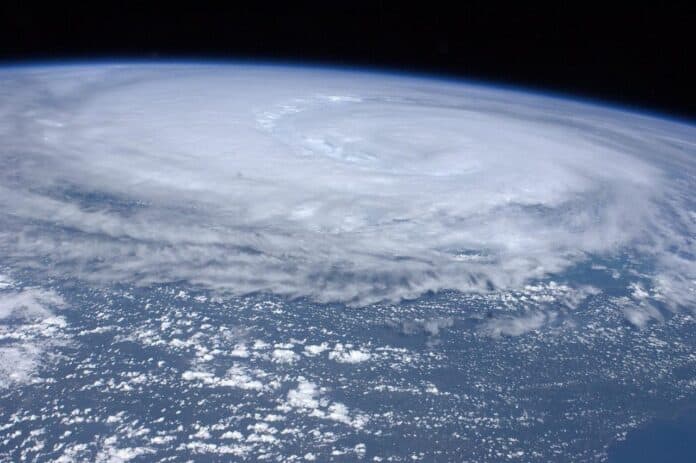The 2025 hurricane season is underway, with the National Weather Service predicting above-normal hurricane activity over the Atlantic. The first storm of the season, Tropical Storm Andrea, set a record as the farthest north and east a tropical system has formed in the Atlantic during June. The two storms that followed, Barry and Chantal, formed earlier than historical averages.
Researchers at Virginia Tech are working to better anticipate the flooding caused by hurricanes and help communities better prepare for extreme weather events.
Measuring disaster preparation
Sociologist Liesel Ritchie is leading a team researching hurricane preparedness, building on lessons from Hurricane Beryl, a deadly Category 5 storm that hit Texas in 2024.
“People living in regions such as the Gulf of Mexico and the Carolinas are more used to this type of hazard. Therefore, these populations tend to be more prepared than others,” Ritchie said.
“At the same time, hurricane preparedness issues are especially of concern for people living in regions where hurricanes aren’t all that common,” she said. “Furthermore, we all need to think about other types of hazards we face, such as snowstorms, tornadoes, floods, and wildfires and to be prepared for those as well. We call this an ‘all-hazards’ approach to disaster preparedness.”
Ritchie shared the following tips for disaster preparedness.
- Follow official evacuation orders and shelter-in-place guidance.
- Have an emergency plan, as well as an emergency kit or “go bag” with essential items such as medicines, cash, cell phone chargers, water and food items, identification, etc.
- Plan an evacuation route and know emergency shelter locations.
- Account for elderly household members, people with disabilities, and pets in your emergency plan. Some shelters allow pets, while others do not.
“Being prepared for a hurricane or disaster event helps alleviate uncertainty and can ease the psychological stress that comes with disasters,” Ritchie said.
When early warning systems aren’t enough
Geophysicist Manoochehr Shirzaei is studying the hidden risks of over-relying on early warning systems. “High-income countries often assume that technology will protect them from disaster, but that sense of security can be dangerously misleading,” he said. “In addition to changes in temperature, precipitation patterns, and the frequency or intensity of extreme weather events, poor planning decisions and overreliance on early warning systems can leave populations vulnerable.”
Shirzaei points to the 2024 floods in Valencia, Spain, where digital alert failures led to delayed evacuations and casualties. “Systems that depend entirely on satellites, sensors, and communication networks can fail during earthquakes, cyberattacks, or other crises,” he said.
His team found that one possible solution would be to design redundant, multi-layered warning systems that combine high-tech tools with low-tech backups. “We need a more realistic, holistic approach to flood management,” said Shirzaei. “This project aims to uncover the hidden fragilities within these systems and to offer a more realistic understanding of how communities remain at risk.”
Flood predictions using artificial intelligence
Civil engineer David Muñoz is leading multiple projects that use deep learning — a branch of artificial intelligence — to assist in predicting extreme water levels caused by hurricanes and other storm events, especially in places where flood information is hard to come by. His CoRAL Lab focuses on compound flood hazard and risk assessment in low-lying areas.
“Our mission is to make flood predictions faster and more accessible,” Muñoz said.
His team is combining physics-based models like those used by the National Hurricane Center and the Coastal Emergency Risk Assessment with deep learning models to improve the prediction of hurricane-induced flooding.
“When a hurricane strikes a coastal region, several factors contribute to flooding, such as sea-level rise, storm surge, heavy rainfall, and land subsidence. These drivers combine to cause compound flooding, producing a greater effect than any one driver by itself,” Muñoz said.
Using about four decades of Atlantic coast hurricane data, his team has trained a model that learns from previous events with a particular attention to extreme conditions. “Our deep-learning model studies conditions like wind, pressure, rainfall, and wave height and tries to identify patterns, so that it can use past circumstances to predict future ones. The more events you have, the more accurate those predictions,” he said. “We have made our source code freely available so that coastal planners and communities can have access to the tool.”


